In modern age, the word “brick” relates to any stone/mud, Cement/Concrete, Fly ash based building unit that is connected with cementitious mortar when used in construction.
If we talk about Interlock Bricks, we all know, In today’s world, a lot of families in rural and urban areas dream of building and living in an affordable brick home.
We are all aware that building construction is costly and time-taking. So, interlocking bricks are a perfect solution for cost-effective eco-friendly quick construction.
And we also know that, A brick house is the dream of many middle class families in India, and interlocking bricks are cost-effective and strong and meet that dream.
Interlocking bricks is a type of Compressed Stabilized Earth Bricks (CSEB).
According to the type of interlocking bricks raw materials are screened, crushed, mixed and compressed together in a machine to create these bricks with interlocking design (Vertical and Horizontal Locks).
These Bricks are then cured for seven days. Compared to the bricks that are often used for construction, this method is less expensive.
These bricks don’t need to be cured once its in the construction site and can be interlocked together without cement mortar. The bricks is designed to be locked vertically and horizontally.
Building using this bricks are quick and it can be easily constructed using less trained labor and are mostly one time investment and can be dismantled and reused in an another construction if needed.
Types of Interlock Bricks
Now, we’ll look into it’s types: Here, there are three different types of Interlock bricks present in the market. Let’s know about them one by one:
- Dolfix Mud Interlocking Bricks
- Interlocking Cement/Concrete Bricks
- Interlocking Fly ash Bricks
Dolfix Mud Interlock Bricks
Dolfix Mud interlocking bricks are Eco-friendly and have high compressive strength. It can support an extensive amount of weight and are just as durable as traditional fire blocks or laterite bricks.
As a result, they can be used to construct multi-story buildings or load-bearing buildings.
These bricks are manufactured using the most cutting-edge technology and it’s environmental friendly. These mud bricks are manufactured using laterite soil, eco-friendly cement and eco-friendly chemicals.
. 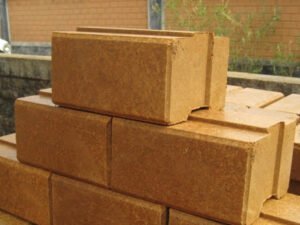
Interlocking Cement/Concrete Bricks
Portland cement, water, sand, and gravel are the materials used to make interlocking cement/concrete bricks. As a fine aggregate, fly ash is occasionally utilized.
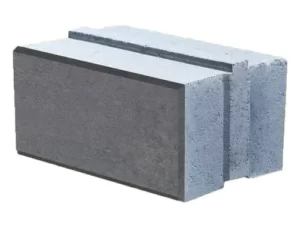
Cement/Concrete Interlocking Brick
Interlocking Fly ash Bricks
A mixture of fly ash, cement, sand, lime, and gypsum is used to create fly ash bricks.
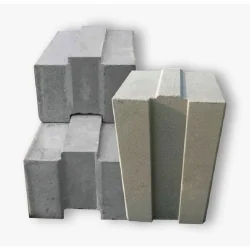
Fly ash Interlocking Bricks
Interlock Bricks Properties
Standard Interlock bricks sizes
- Length: 10 inch, Height: 5 inch, Width: 8 inch (Widely used in load bearing structures)
- Length: 10 inch, Height: 5 inch, Width: 6 inch (Widely used in pillar, framed and column structures)
Conditions when choosing brick size:
Only Ground Floor buildings (Load Bearing Structure)
8inch and 6inch can be used (8inch is more recommended incase if you’re not sure you are going to construct one or two floors above the ground floor)
Ground + First Floor buildings (Load Bearing Structure)
8inch should be used on Ground floor. In first floor 8inch and 6inch can be used. only use 6inch in the first floor if you’re not constructing the second floor.
Ground + First + Second Floor buildings (Load Bearing Structure)
8inch should be used on Ground floor and first floor and 6inch should be used in second floor. (6inch in the second floor helps to reduce the weight of the building)
Non-load bearing structures
8 inch/6 inch width bricks can be used but 6 inch width bricks are more recommended as they reduces the weight of the buildings and can be used up to any floor.
Conclusion
The use of interlocking bricks is the most widely adopted method in commercial and residential building construction.
These bricks are “vertically and horizontally locked” to one another without the use of cement mortar to produce a distributed strong structure which is earthquake resistant and it also reduces the construction cost and building time.
For example: if you are using interlock bricks to build a 1000sqft home the structure will reach up to the lintel level within a week.
In spite of sand’s increasing cost and less availability and the rising cost of cement, interlocking bricks are a welcome alternative for building residential and commercial buildings that doesn’t require cement paste to adhere to it.
Each Interlocking Brick has horizontal and vertical locks that interlocks and fit with the others.
Here, The Dolfix mud interlocking bricks are Eco-friendly, it reduces the overall heat and gives cooler interior comparing to fly ash/cement in hotter temperature and saves electricity.
If we talk about cement/fly ash interlocking bricks they absorbs the sunlight and push the heat into the building.
Therefore, this Dolfix mud interlocking bricks are good fit for the construction of buildings as it reduces the labor, material cost and electricity costs.
FAQs
What are interlock bricks used for?
Interlocking bricks are perfect for residential buildings and commercial buildings in hot climates and areas that are prone to earthquakes. They can also reduce your overall construction cost by 35% to 40%.
What are the best types of interlock bricks?
Dolfix mud interlock bricks, Concrete interlock bricks and fly ash interlock bricks are the best types of interlock bricks in the indian market.
what is interlock bricks?
Interlocking Bricks (Compressed Stabilized Earth Bricks) are made by compressing a mixture of Soil or concrete or flyash with cement . It is an Earthquake resistant technology recommended by the government of Nepal. Using interlock bricks construction is quick and fast with an average of 35% to 40% less overall cost compared to other bricks.
How interlock bricks can reduce construction costs?
By using Interlock bricks the overall construction costs can be reduced by 35% to 40%. When you're constructing using interlock bricks you don't need materials like cement, sand and water. Interlock bricks laying is very fast because of that the labour requirement is very less compared to convectional bricks this reduces a significant amount of labour cost in your construction. If you're using mud interlock bricks and using an Air Conditioner (A/C) or a cooler then the home will get cooled faster than other types of interlock bricks or conventional bricks which helps you to reduce the overall electricity cost in the long run.

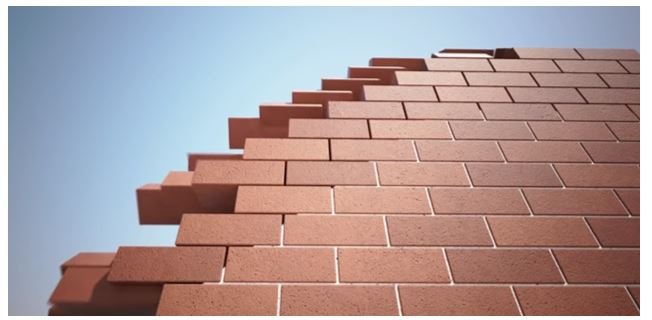


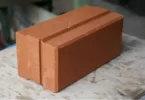
[…] Click here to learn more about different types of interlock bricks which are the best in the industr… […]